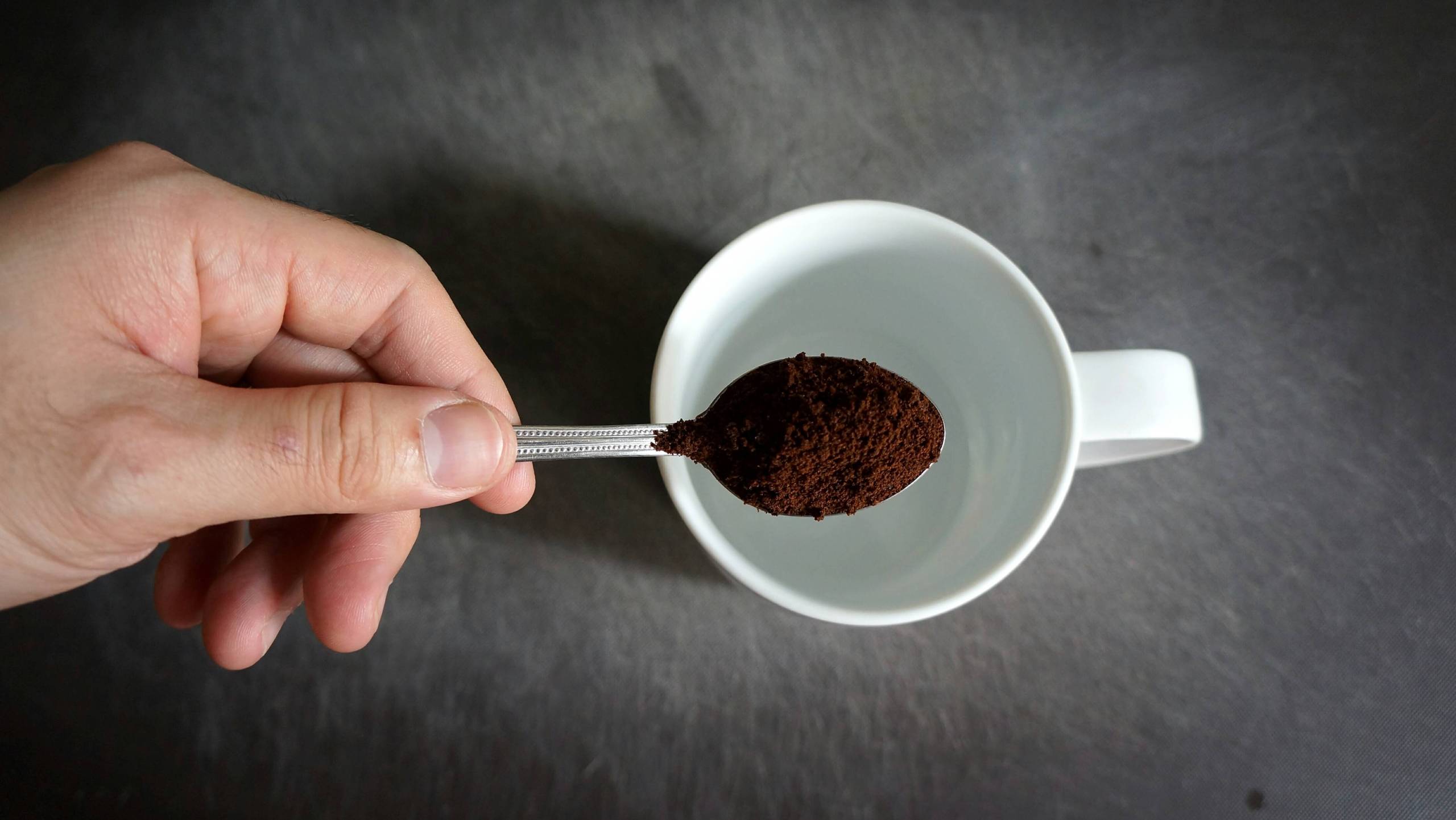The amount of caffeine in a tablespoon of coffee depends on several factors, including the type of coffee bean, grind size, and brewing method. On average, a single tablespoon of ground coffee contains approximately 60-80 milligrams of caffeine. However, this measurement can vary significantly based on how the coffee is prepared.
Understanding the caffeine content in coffee is essential for many coffee enthusiasts and casual drinkers alike.
As someone who enjoys coffee, I often find myself pondering how much caffeine is actually in a tablespoon of coffee. This inquiry leads to a deeper exploration of not just the caffeine content but also the various factors that influence it.
Caffeine Content in a Tablespoon of Coffee
As mentioned when you want to know how much caffeine is in a tablespoon of coffee, the answer can vary significantly based on several factors, including the type of coffee used, the brewing method, and even the grind size. Generally, one tablespoon of ground coffee typically contains between 50 mg to 100 mg of caffeine.
This range is influenced by whether you are using instant coffee or brewed coffee, as well as the specific brand and blend.
For instance, if I use instant coffee, I might find that one tablespoon yields about 30 to 90 mg of caffeine depending on the brand. NESCAFÉ, for example, has been reported to contain approximately 30-35 mg of caffeine per teaspoon, which translates to around 90-105 mg for a tablespoon when converted. In contrast, brewed coffee tends to have a higher caffeine concentration; using one tablespoon of ground coffee for every six ounces of water can produce around 60 mg per serving.
Factors Influencing Caffeine Levels
1. Type of Coffee: The type of coffee bean plays a crucial role in determining caffeine levels. Arabica beans generally contain less caffeine compared to Robusta beans. For example, premium roasted Arabica coffee can have about 100 mg of caffeine per 10 grams, while Robusta can have nearly double that amount.
2. Brewing Method: The method used to brew coffee also affects its caffeine content. Espresso has a high concentration of caffeine per ounce but is typically served in smaller quantities. On the other hand, drip-brewed coffee may yield more caffeine overall due to larger serving sizes.
3. Grind Size: The grind size affects extraction rates during brewing. Finer grinds allow for more caffeine extraction, potentially increasing the amount present in your cup.
Calculating Caffeine Content
If you are curious about how to calculate the approximate caffeine content based on your usage, you can follow this simple guideline:
- For brewed coffee: Approximately 60 mg per tablespoon.
- For instant coffee: Ranges from 30 mg to 90 mg, depending on the brand.
To put this into perspective, when I brew my morning cup using two tablespoons of ground coffee, I might be consuming anywhere from 120 mg to 200 mg of caffeine. This amount is still below the generally accepted safe daily limit of 400 mg for most healthy adults.
Health Considerations
As I delve deeper into my relationship with caffeine, I recognize that moderation is key. While many people enjoy several cups throughout the day without issue, others may experience side effects like jitteriness or insomnia if they consume too much. For those looking to monitor their intake closely—especially pregnant women or individuals with certain health conditions—it’s crucial to keep track of how much caffeine you’re consuming daily.
Caffeine Sensitivity
Caffeine sensitivity varies from person to person. Some individuals metabolize caffeine quickly and can enjoy multiple cups without adverse effects, while others might feel jittery after just one cup. It’s essential for me to pay attention to how my body reacts and adjust my intake accordingly.


